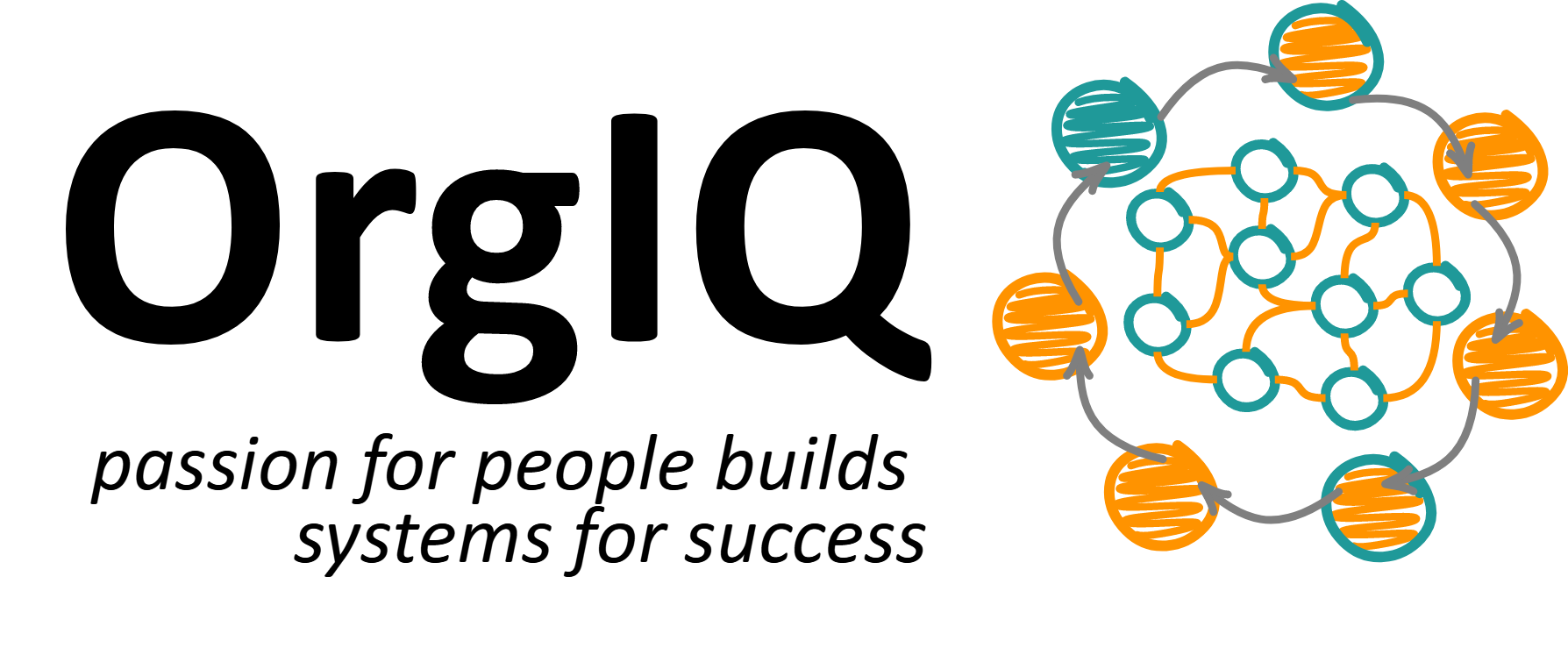Organizations buzz with activity. They’re like cities, full of intersecting lives and decisions. But what makes organizations complex? And how can understanding this complexity help us lead better? Let’s dive into the vibrant world of complexity through the lens of cybernetics and chaos theory.
“Complexity is irreducible without losing the essential qualities of the system.”
Understanding Complexity in Cybernetics
From a cybernetic standpoint, complexity isn’t just about many parts; it’s about interconnected parts. Imagine a web. Each thread connects to many others. Each connection affects the whole web. This is what happens in organizations.
Cybernetics Shows Us Systems and Feedback
Cybernetics teaches us to see organizations as systems. Systems have feedback loops. Think of feedback as a conversation between different parts of the company. These conversations help the company adjust and respond. They keep the organization alive and kicking.
Feedback Keeps Us on Track
Feedback loops in organizations help them adapt to new information. Therefore, the inner complexity of the system must match the external complexity.
Cybernetics teaches us: the higher the internal complexity, the better. Complex systems are safer, more robust, stable, and resilient.
Feedback loops are like a company’s senses. They feel changes in the market or internally and help the organization respond effectively.
Chaos Theory: When Small Changes Lead to Big Results
Chaos theory might sound wild, but it’s all about understanding how small changes can lead to big impacts. It’s like the butterfly effect—a butterfly flaps its wings and can influence weather patterns far away.

“In natural systems most of the system is most of the time stable. That’s the power of nature.”
Sensitive to Initial Conditions
In chaos theory, initial conditions matter a lot. Small differences at the start can lead to wildly different outcomes. In business, this means that we don’t know which of our small ideas and changes today, will have the big impact in the future. Therefore, it’s so important to be clear with our purpose to go in the right direction, whatever will happen.
Example: A Small Team’s Big Idea
Consider a small team in a tech company working on a minor feature. Their innovation might become the company’s next big product. This small team’s work could change the company’s future. But still align with purpose and direction. That’s chaos theory in action!
Complexity Affects Organizations
Organizations are complex by nature. They have many people and even more connections and interactions.
Complex Systems Need Smart Navigation
In a complex system, leaders need to navigate carefully. They must listen to feedback and be ready to change course. Staying flexible and adaptive is key.
Adaptation Is Crucial
Just like living organisms, organizations must adapt to survive. Changes in technology, customer preferences, or regulations aren’t just challenges; they’re opportunities to evolve.
“Intelligence is the ability of a system to be adaptive, innovative, social, and effective in survival.”
Embracing Complexity for Innovation
Understanding and embracing complexity can lead organizations to innovate and thrive. Knowing how interconnected everything is helps us see opportunities. It helps us understand risks better too.
Leverage Complexity for Competitive Advantage
Organizations that embrace their complexity can turn it into a strength. They become more agile and responsive. They can outpace competitors who might not see the whole picture.
Stay Agile and Keep Learning
To manage complexity, keep learning. Stay agile. Encourage teams to try new things and to learn from each outcome. Every success and failure is a chance to learn.
Conclusion: Mastering the Art of Complexity
Complexity is not something to fear. It’s something to embrace and use. By using the insights from cybernetics and chaos theory, leaders can turn complexity into their organization’s superpower. Dive into the feedback, embrace the butterfly effect of small actions, and watch your organization soar on the currents of change. Remember, going with the natural flow of complexity is smart and brings innovation and success.

Leave a Reply